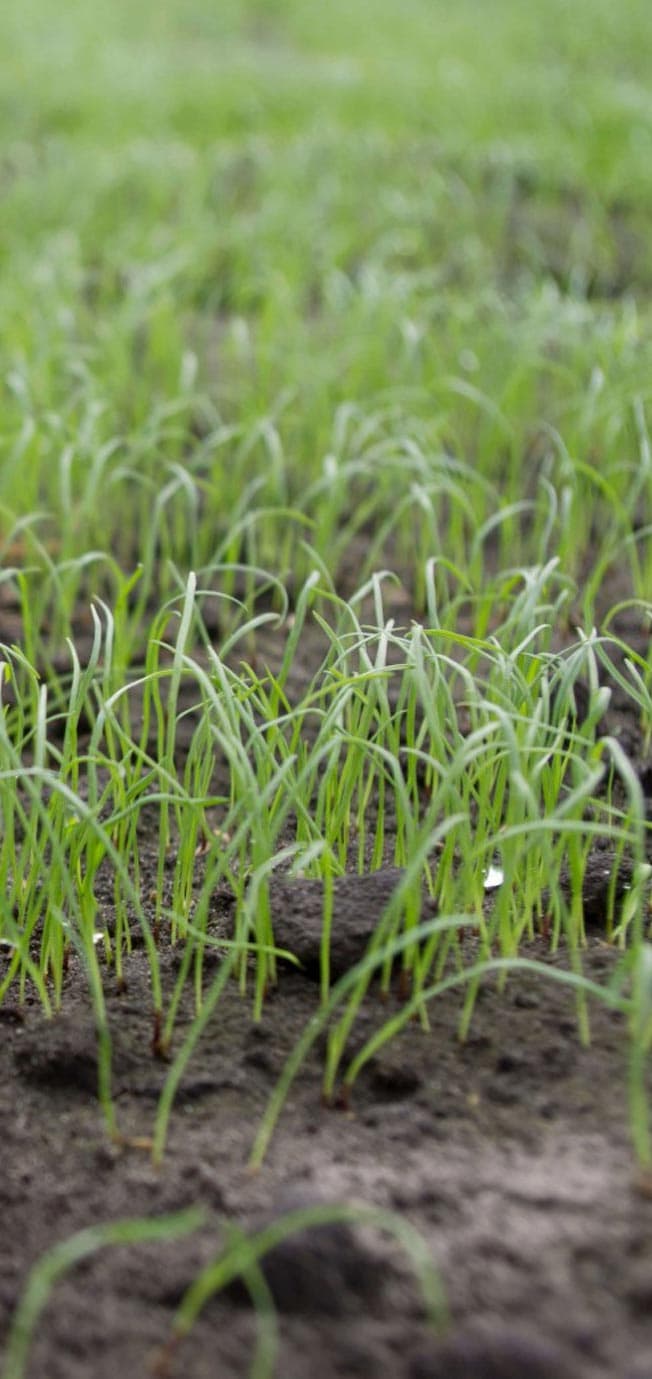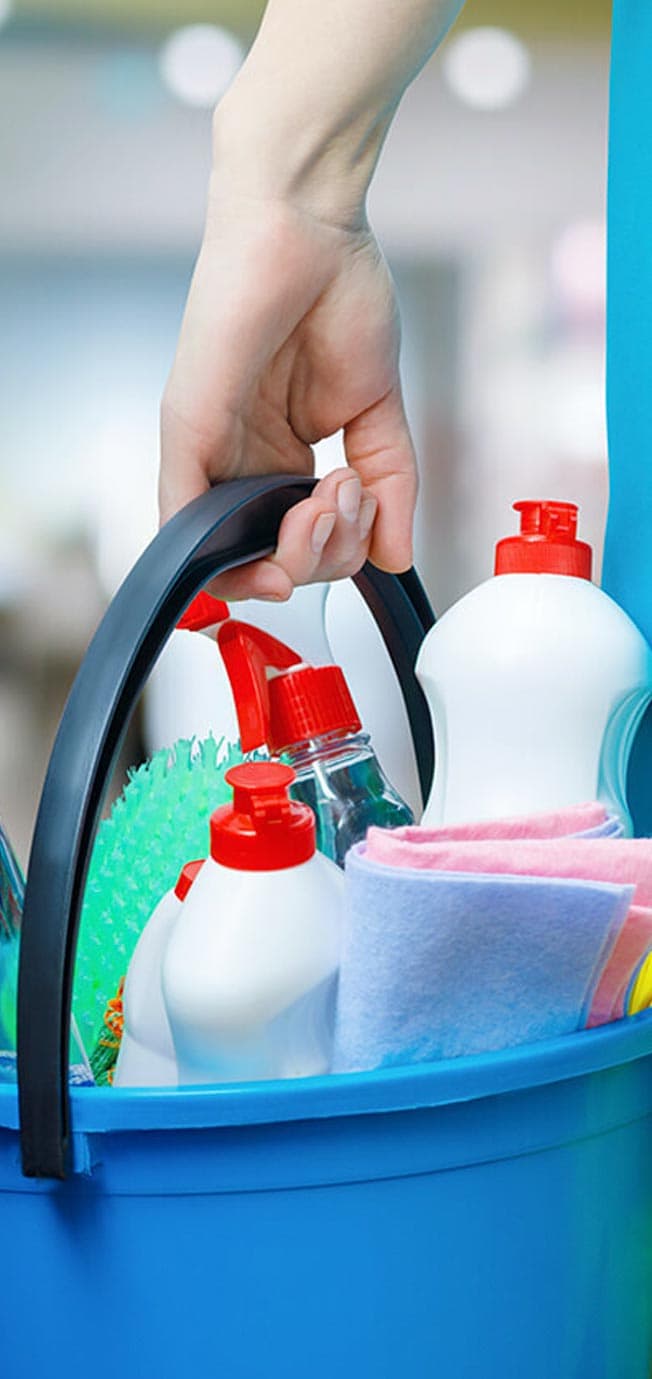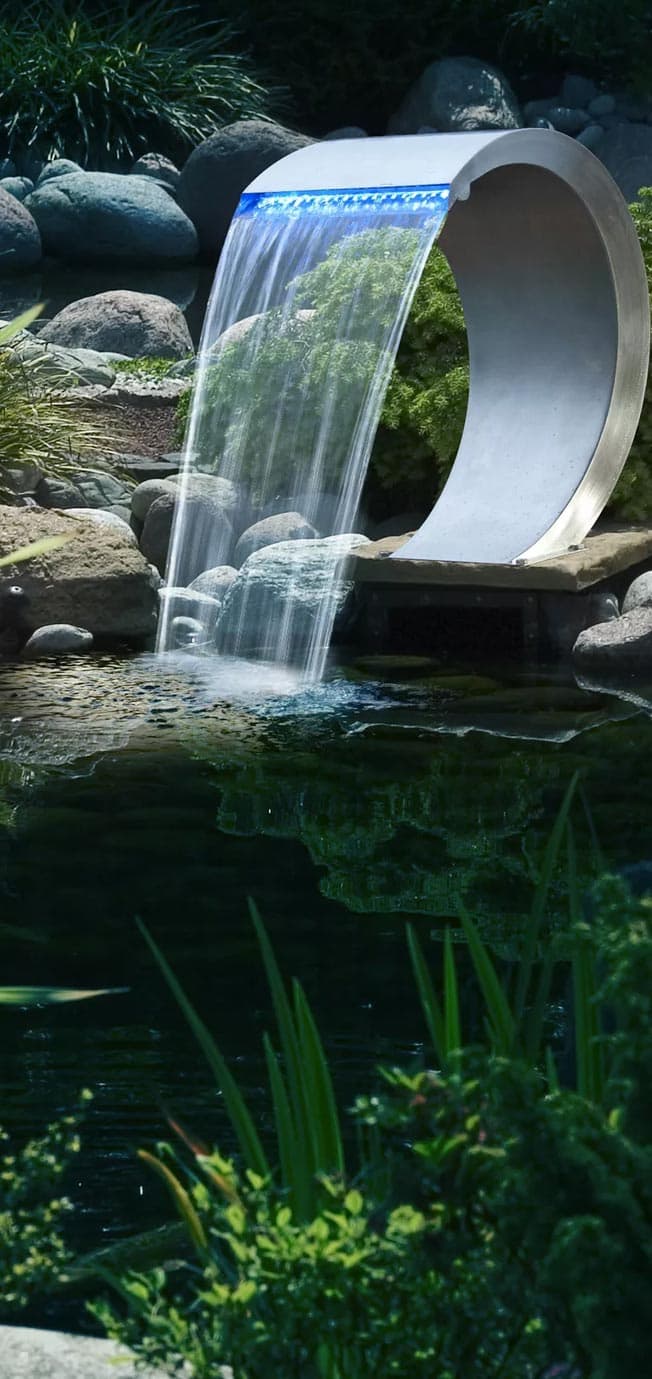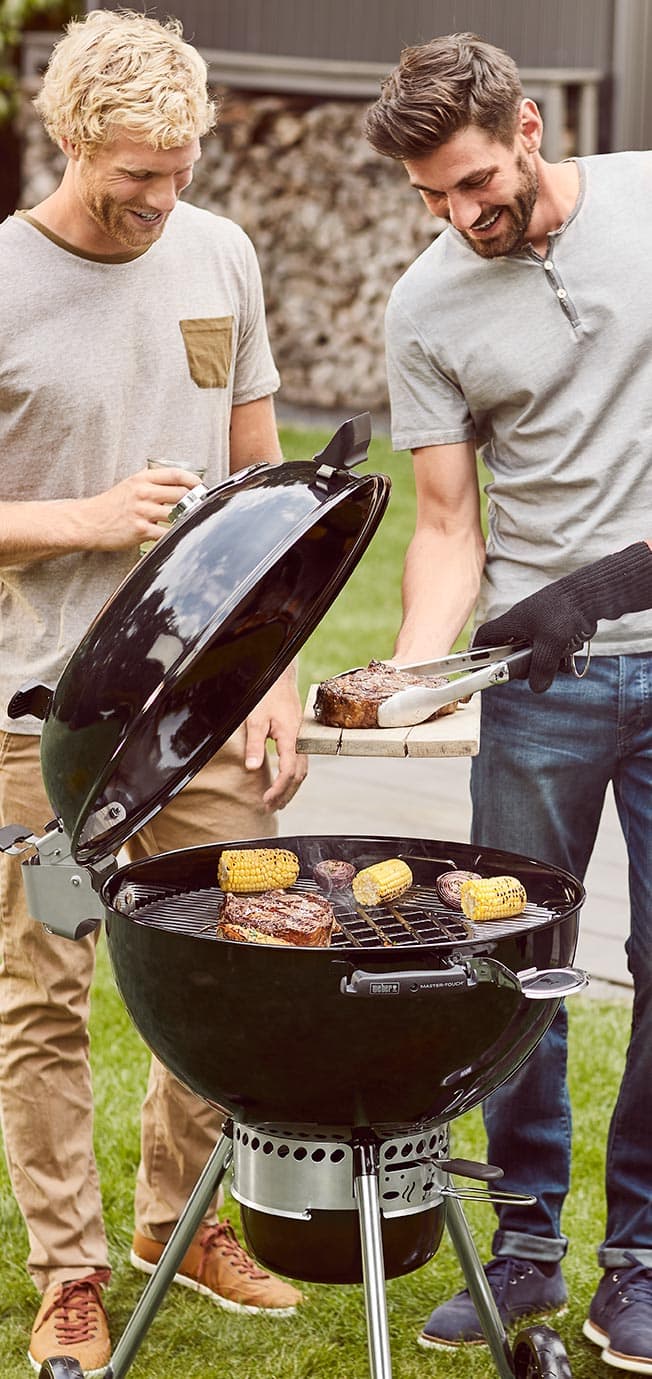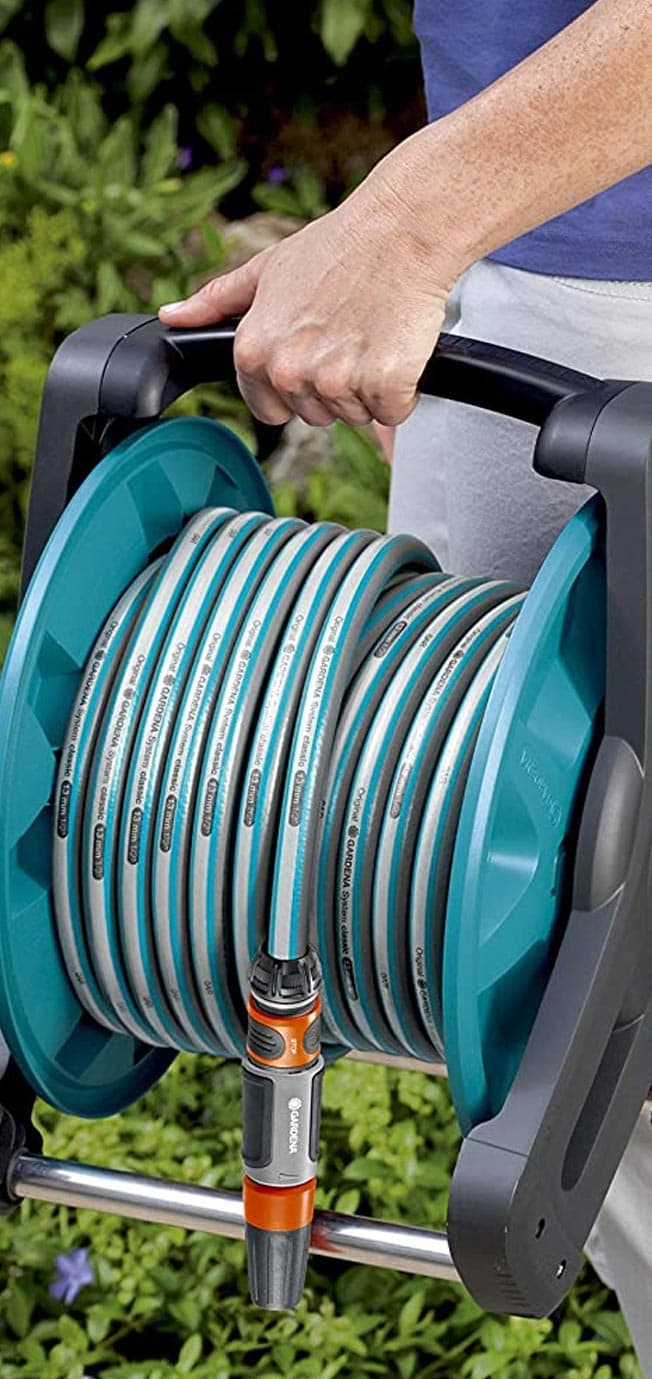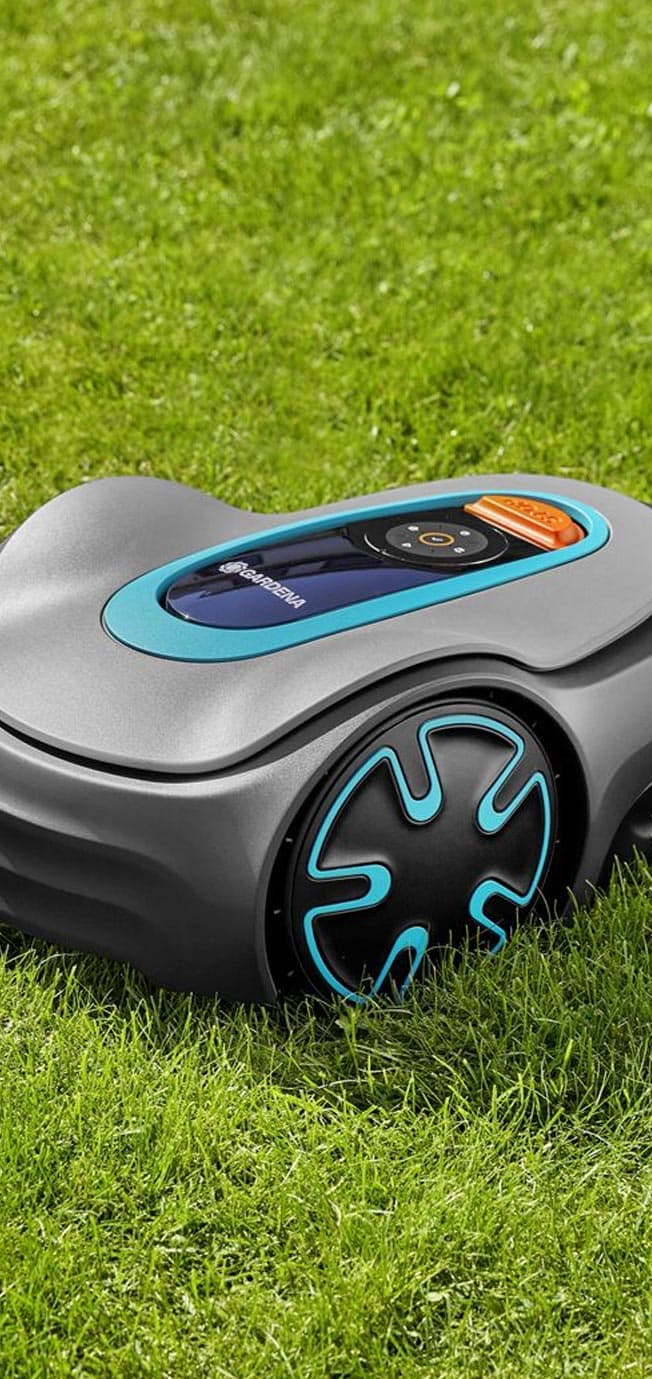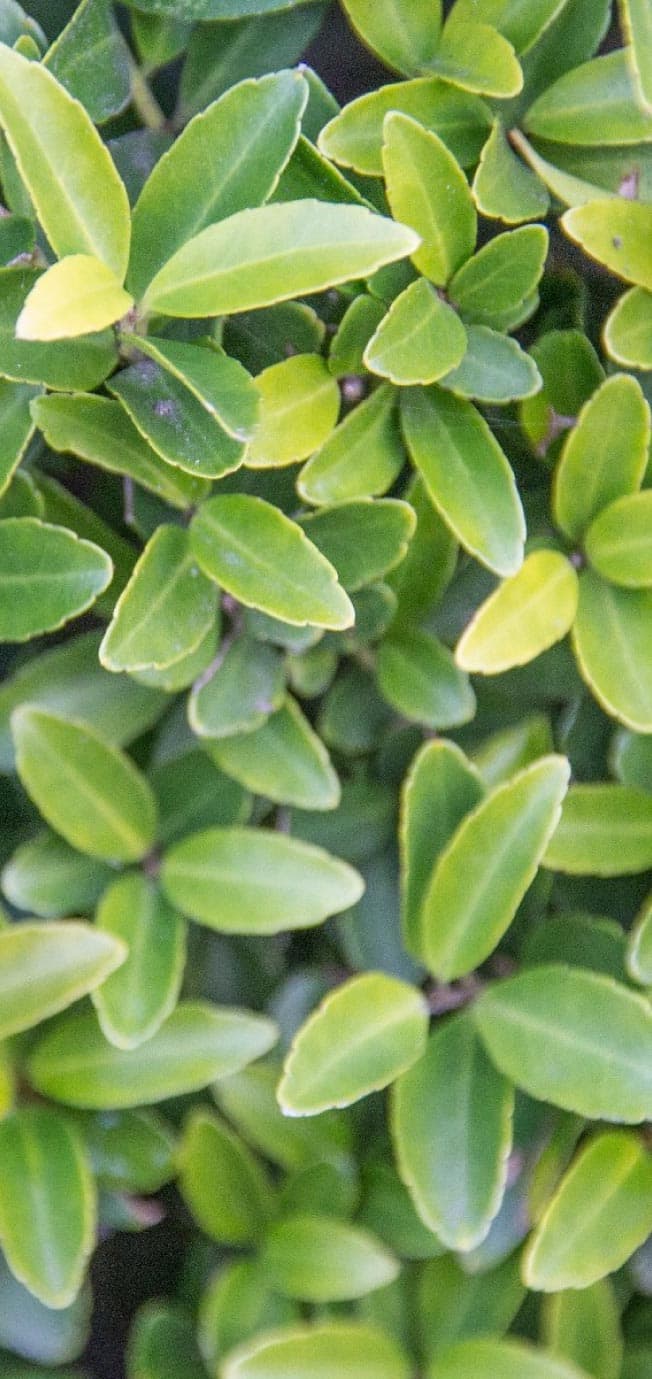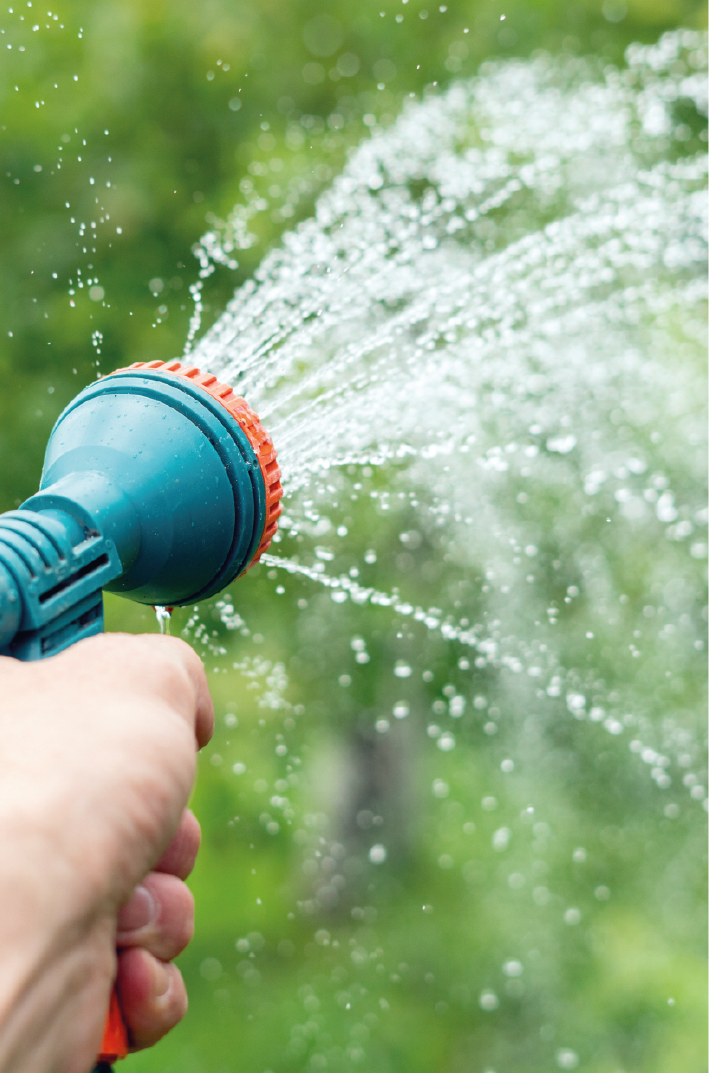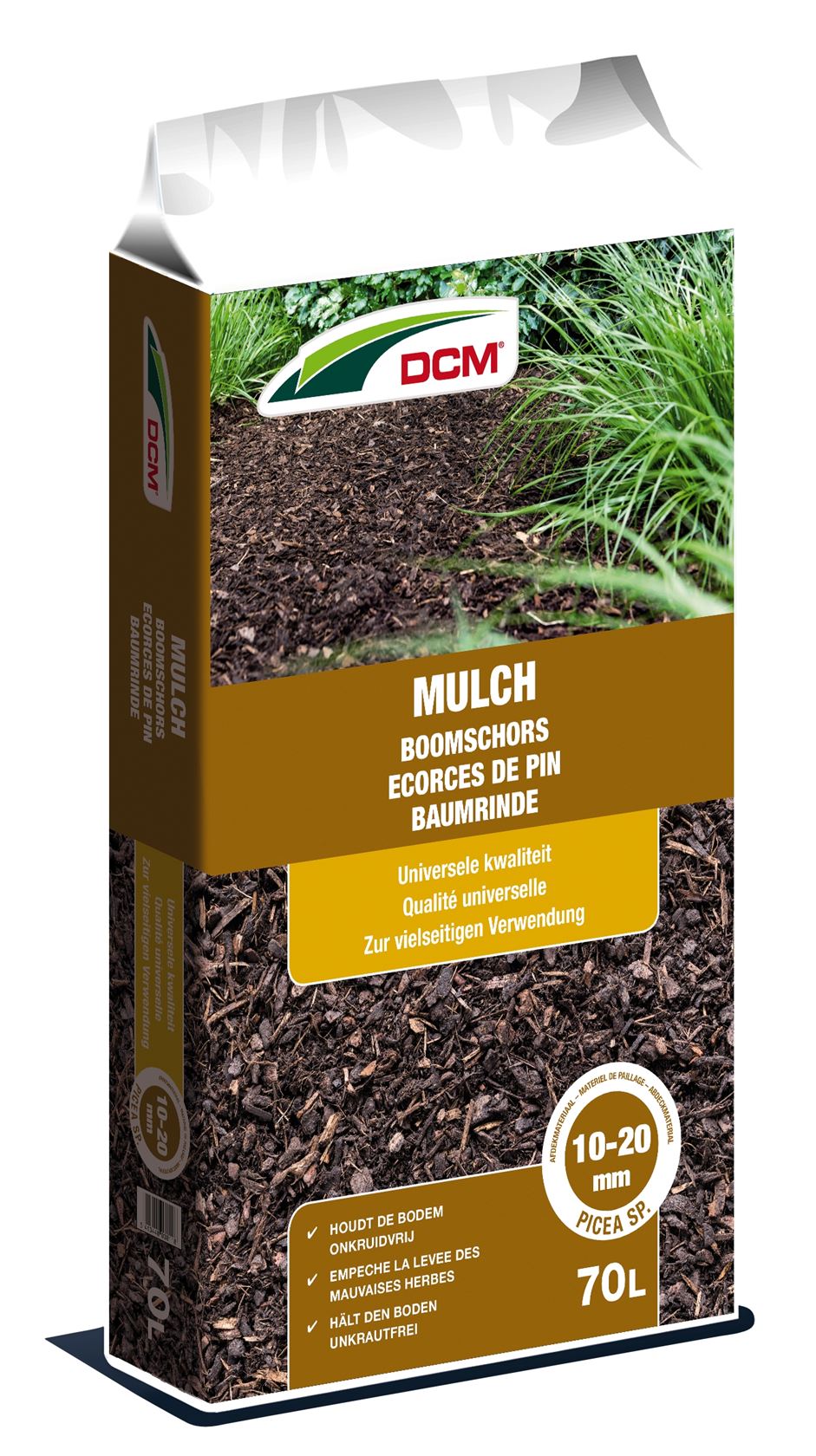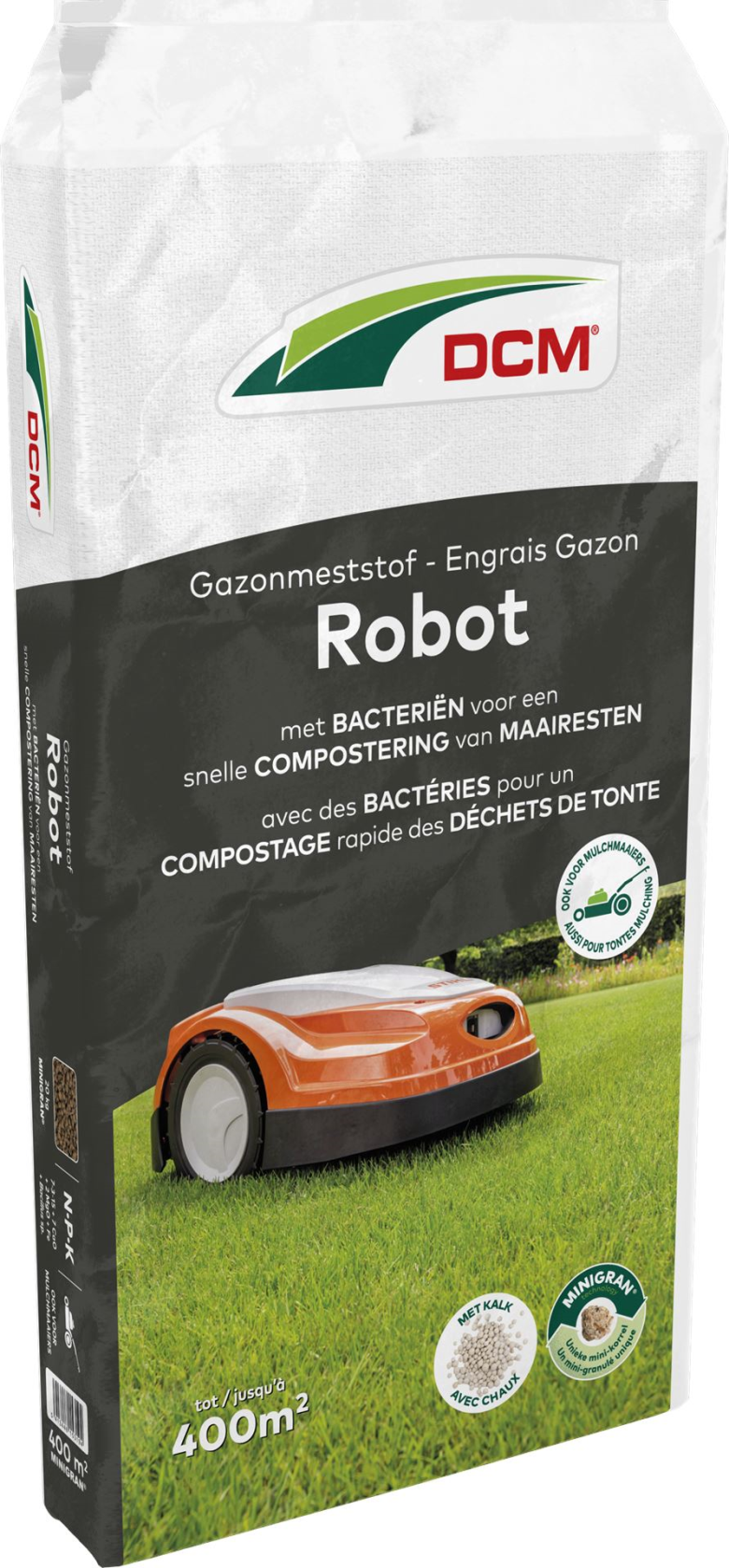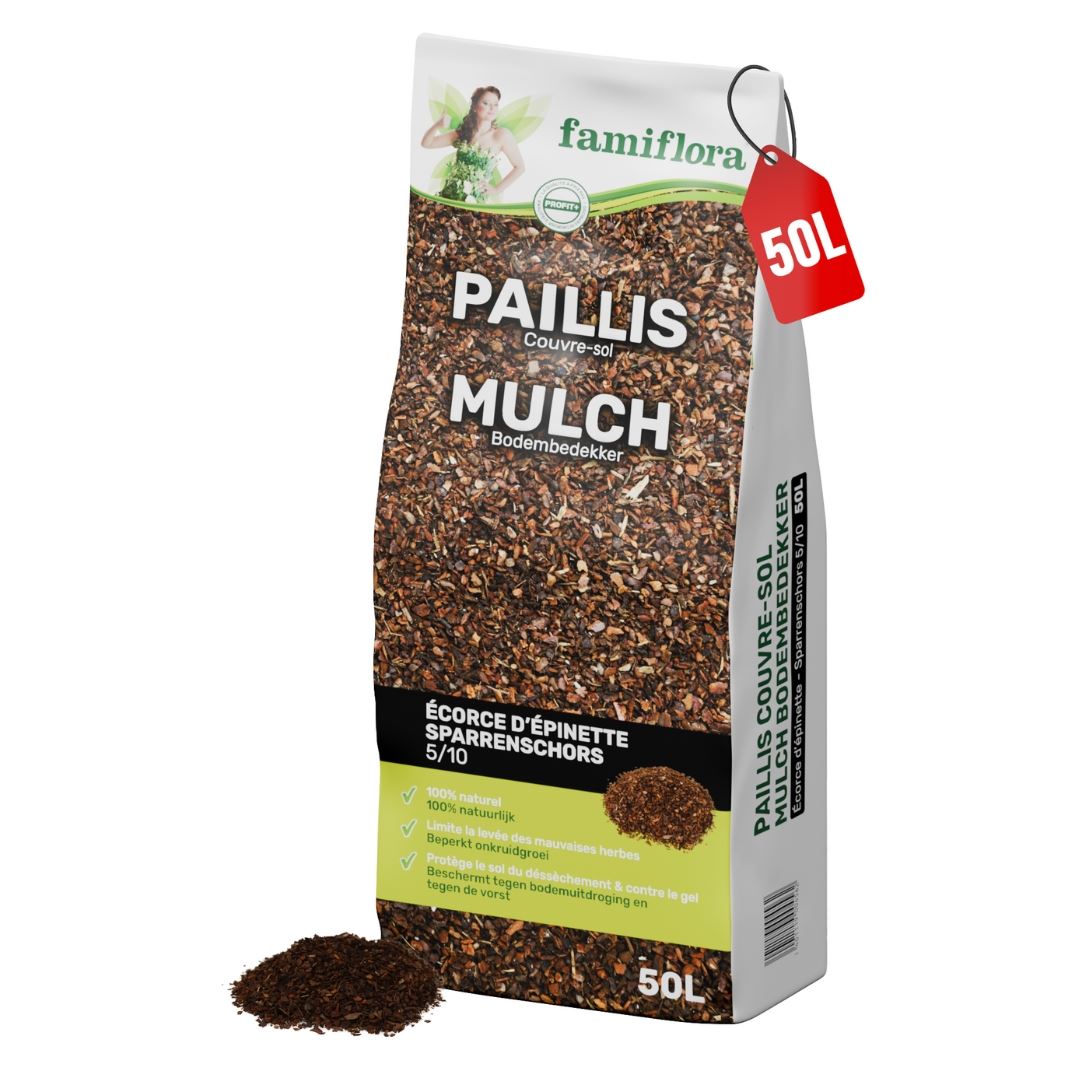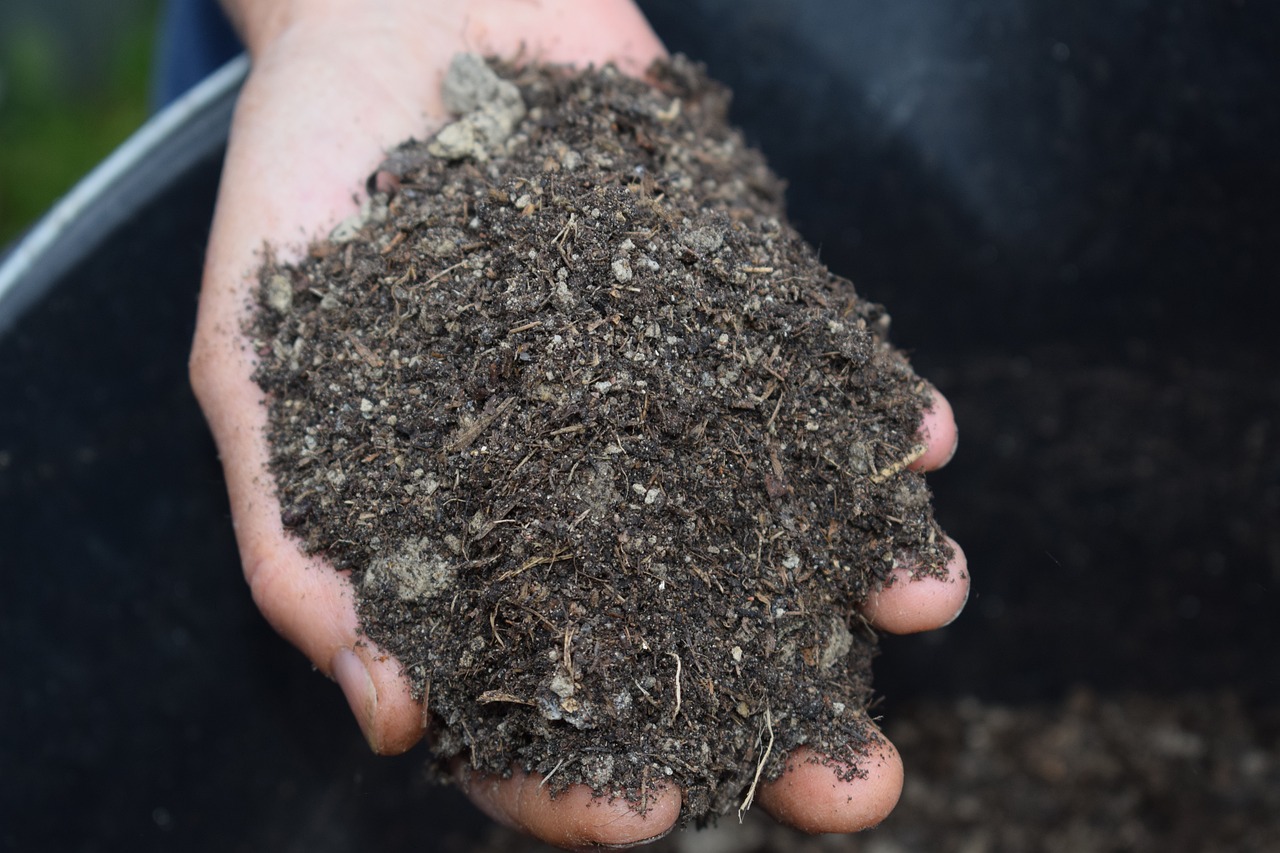
Mulching: what you need to know
Every time you go to the container park with a whole pile of green waste, you also throw away a bunch of organic material. Organic material that is full of valuable nutrients that are therefore lost that way. By mulching your green waste and spreading a mulch layer over your garden, you give the nutrients back to the soil and soil organisms. Natural fertilising in other words. In this way, you maintain the natural cycle. We tell you more about the benefits of mulching, how to do it, where it is useful and when it is best to mulch.
In nature, mulching occurs naturally. Withered leaves in the forest, for example, are left to lie, after which soil life sets to work with them. These are bacteria, fungi and insects such as woodlice and beetles, but also worms. These organisms convert the mulch layer into hummus (read: nutrients) for the plants.
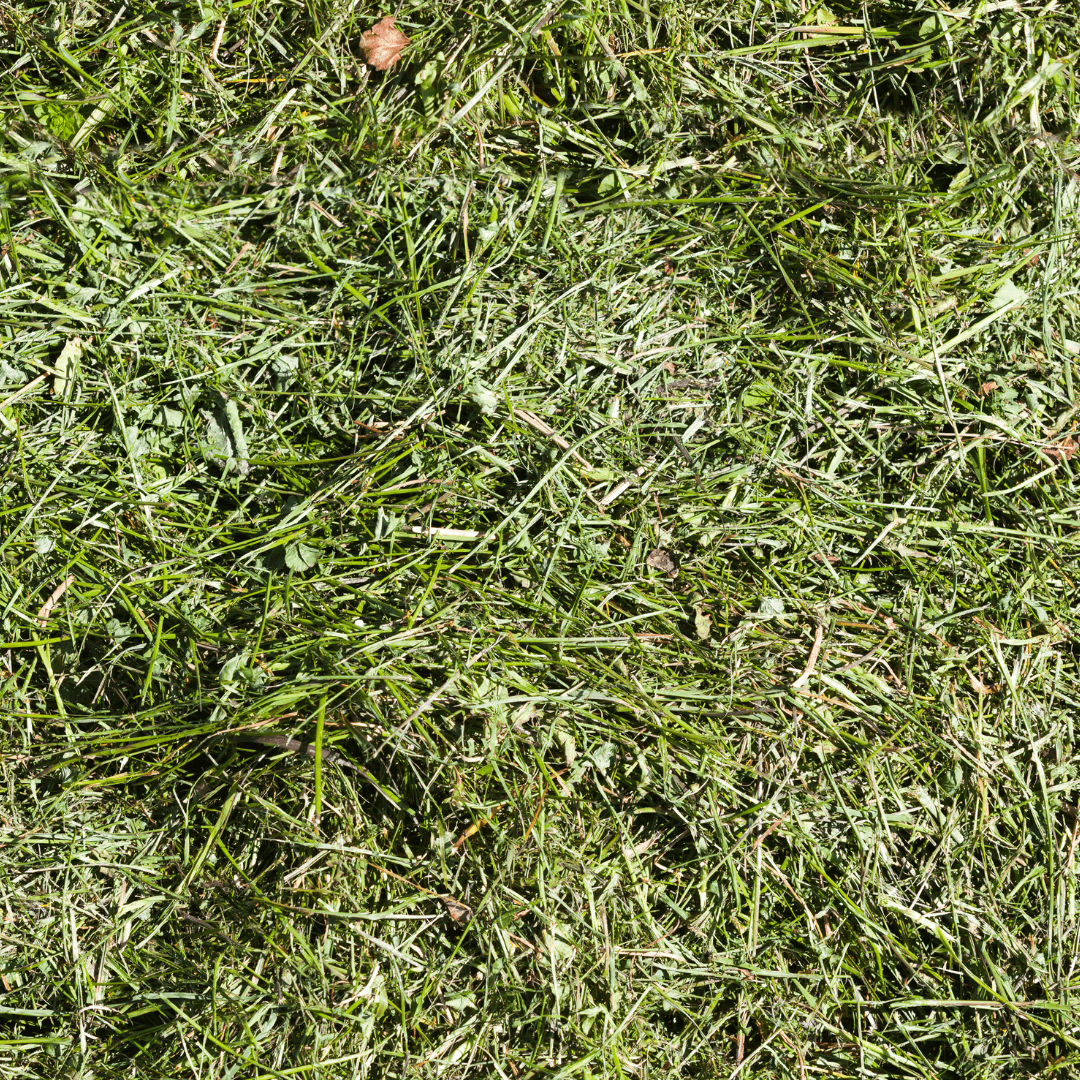
What materials to use as mulch layer?
Mulching is often thought of as leaving grass clippings on the ground. It is true that this is a fairly popular method of natural fertilisation. However, there are plenty of other garden debris that the mulch layer can consist of.
- Grass: (2 to 3 cm): Grass clippings decompose within a few weeks and give nitrogen to the soil in particular. It thus provides natural fertilisation via mulching. Be careful not to use too thick a layer of grass clippings for mulching. So-called scalding can occur, where the layer starts to mould and smell.
- Leaves (up to 10 cm in vegetable or ornamental gardens): You can just leave fallen leaves lying around, but don't leave them on your lawn. The chances of them choking your blades of grass are too high.
- Plant residues such as twigs, bark, nuts, weeds...: If weed seeds have not yet formed, even weeds are suitable for mulching. You can simply pull the weeds out of the ground and put them between your ornamental plants. It's best to do this on a sunny day so it wilts quickly. You can also use vegetable scraps as mulch.
- Wood chippings (up to 5 cm between perennials, shrubs, hedges): Anyone who has trees and shrubs in the garden usually has a lot of coarse pruning waste the spring pruning. You can us a shredder to shred these branches into mulch. Wood chips are less suitable as mulch for annual plants because the digestion of wood chips extracts nitrogen from the soil. Annual plants, in turn, desperately need nitrogen.
- Compost (up to 10 cm between plants): Using homemade compost for mulching? But watch out with that! A small compost pile often does not reach the required temperature to neutralise pathogens and weed seeds. If you do want to use your own compost for mulching, do it best in two layers. First a layer of compost, then a layer of weed-free material such as straw. Germinating weed seeds are discouraged if they have to grow through another layer.

Tip from Marcel
Mulching your lawn helps to prevent matting of the grass, as it grows better and weeds and moss have less chance to gain a foothold.
Advantages of mulching
- Mulching is totally ecological. Not only does it reduce waste and thus reduce trips to the container park, it is also the ultimate form of recycling. In fact, natural waste is used as natural fertiliser.
- In winter, a mulch layer protects the soil from cold winds and frost. In summer, your soil will not dry out as quickly from the sun thanks to a mulch layer. Mulching also ensures smaller temperature differences between day and night.
- Thanks to mulching the soil stays moist. This is because bright sun and dry wind cannot reach the soil.
- The soil life that thrives thanks to the mulch layer can only benefit your plants. Several insects help with the digestion of the mulch layer, crawling through cracks and passages. In this way, they disperse organic matter and nutritional elements. All this leads to a better structure of the soil, which also becomes richer in nutrients. In addition, mulching increases disease resistance increases.
- Mulching is nefarious for weeds. This is because it is an extra layer that weeds have to get through.
When to mulch?
Mulching your lawn is best done in spring and summer. Always make sure that the grass is dry before you start mulching. That way, the clippings can spread well across the lawn and sink in between the blades of grass.
In the vegetable garden it is best to apply a somewhat thicker layer of mulch in winter. That way, you maintain soil life in winter too. Choose, for instance, a mixture of fallen leaves from autumn and cut grass. From March, most of it will have decomposed. From May-June, you can opt for grass clippings as a mulch layer. The mulch keeps the soil moist and avoids weeds.
In the ornamental garden, you can apply a slightly thicker layer of mulch in autumn. Again, choose a combination of cut grass and fallen leaves. In spring, mulch with well-digested compost, for example.
Where to mulch?
- Under hedges:The roots of hedges certainly benefit from an annual mulch layer. This provides more moisture and nutrition. Before mulching, it is best to keep the soil well moist.
- Round fruit trees and bushes: During fruit formation, fruit trees and bushes need a lot of moisture around the roots. By mulching regularly, you keep the plants healthy and keep weeds, pests and diseases at bay.
- On your lawn
- In the ornamental garden
- In the vegetable garden
Pitfalls
- Too thick a layer: Especially when mulching your lawn, be careful with the thickness of the mulch layer. . With too thick a layer, you risk suffocating your lawn.
- Fine enough: Grass clippings should definitely be fine enough shredded. Otherwise, it will just lie around and be of no use. Moreover, this also increases the chances of your soil getting choked.
- Watch out for weed seeds: Especially when mulching with grass, there is a risk of weed seeds being present in the clippings. Even homemade compost can still contain weed seeds if the compost has not warmed up sufficiently. With homemade compost, it is difficult to get your compost pile hot enough. The presence of weed seeds in the mulch can sour you afterwards.

